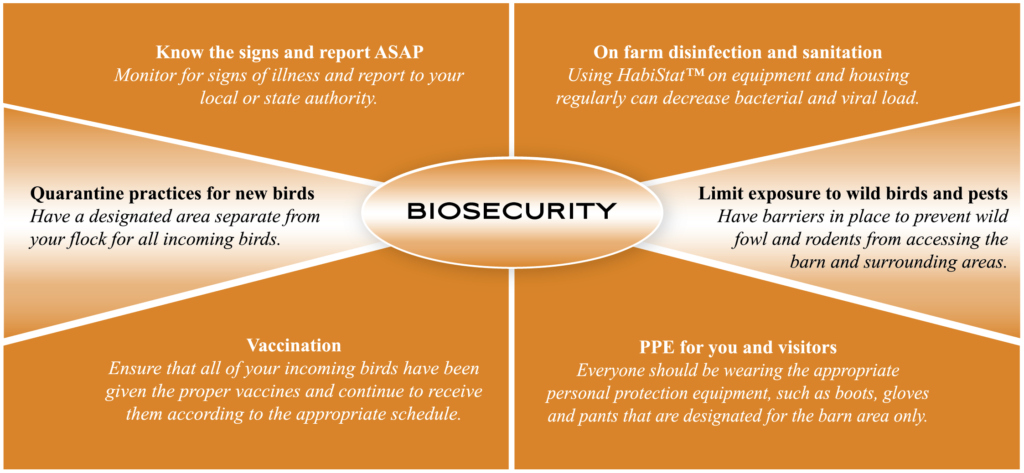Reducing Feed Shrink Can Increase Your Profitability
Click here to view as a pdf: Reducing Feed Shrink Can Increase Your Profitability
By Teresa Marker, B.S.
Feed costs, both farm-raised and purchased, are usually the largest expenses on a dairy farm. In today’s economy, finding areas of opportunity for extra profit has become more critical than ever before. Evaluating a farm’s feed waste/loss, commonly referred to as shrink, is an area that should be scrutinized. Shrink can have a significant impact on feed quality, quantity, and profit. Silage shrink can range from 7-48% depending on a variety of factors, with 10-20% being typical. Reducing shrink on your farm will not only improve the inventory volume of feed but it will also help retain nutrients resulting in better nutrition and higher milk production and profit.





